Extreme Skier Kina Pickett Carves First Tracks in the Tech World
Obsessed over the process, Big Mountain Skier Kina Pickett launches a new content management platform to remove the chaos from the digital media pipeline.
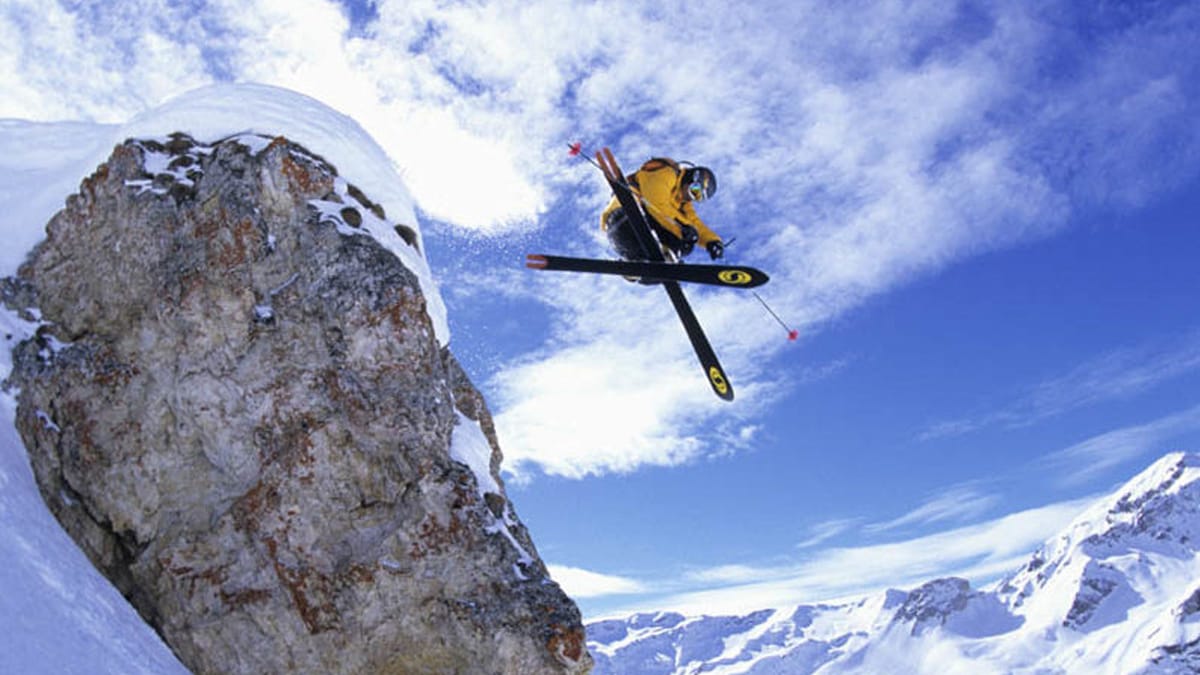
In today’s landscape of powerful phone technology, everyone is a content creator. Brand marketing is shifting from media houses to individuals, as consumers are becoming the voice of the brand. Tighter budgets mean brands must hunt for new efficiencies to streamline their media workflow. However, brand messages have become fragmented across multiple channels with more and more contributors; the result is a broken flow of communication and a bloated pipeline.
Kina Pickett is all too familiar with this pain-point that brands are struggling with. Over the past 20 years, Kina progressed from electrifying Big Mountain skier, traveling the world to star in Warren Miller films, to running his own media house - producing marketing films for brands like Leica, Red Bull, Vans and Yeti - to founding ZPPR, a content operating platform to help brands create, engage and move media smarter.
"We should treat content as if it's alive."
After recently closing a seed round of $1.2M, Kina is once again turning heads in the mountains. Sidestepping Silicon Valley, Kina chose to launch ZPPR in his home of Bozeman, Montana. Bozeman is a city in the southwestern corner of Montana that is not only a draw for outdoor enthusiasts - with Yellowstone National Park, bigtime skiing and challenging whitewater - but it has also become a booming hub for startups.
The Outdoor Journal connected with Kina to discuss the democratization of visual media, pursuing risk in the backcountry and in the boardroom, and the lost art of content production.
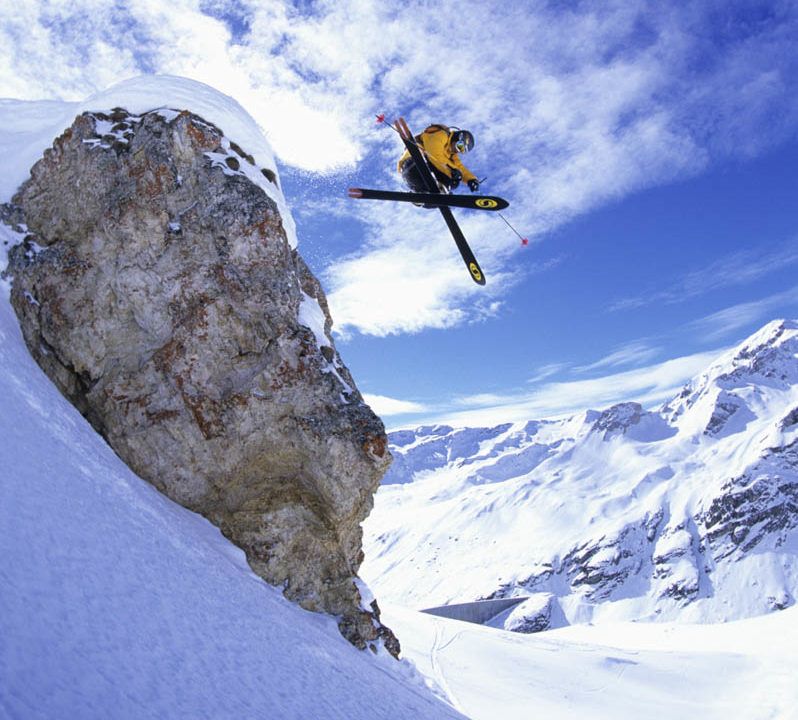
WORKFLOW OF THE FUTURE
TOJ: How did you decide to pivot from production to building a tech platform?
"I became addicted to trying to understand the ecosystem."
Kina Pickett: I'll never forget, I was sitting at our conference table in our offices in Bozeman and it hit me like a lead weight in the head...it was the phone. Now if you take the fact that all marketing budgets are getting pinched year after year and content gets pinched the hardest - especially branded content - and then you mix that with the fact that phone technology is spiking, it's really democratizing the process of being a content creator. And when I saw the creator ecosystem exploding and influencer marketing on the rise, I could tell that things were going to change pretty quick.
Brands started to hunt for efficiencies and there was really no platform to meet the demand. If you think about the life cycle of a piece of content from ingest to publish, brands are using 15 to 20 platforms to do that process, which is: ingest, curate, organize workflow, approval workflow all the way through distribution to people, and then publishing to channels, and then analyzing the results, and then rinsing and repeating. So that's the entire process that we are trying to tackle with ZPPR, to give brands, publishers, agencies and content creators a simple connection tool, and then one system of record, to take a piece of media from ingest to publish and analyze on one platform, instead of buckling together 25 platforms that inherently are unconnected.
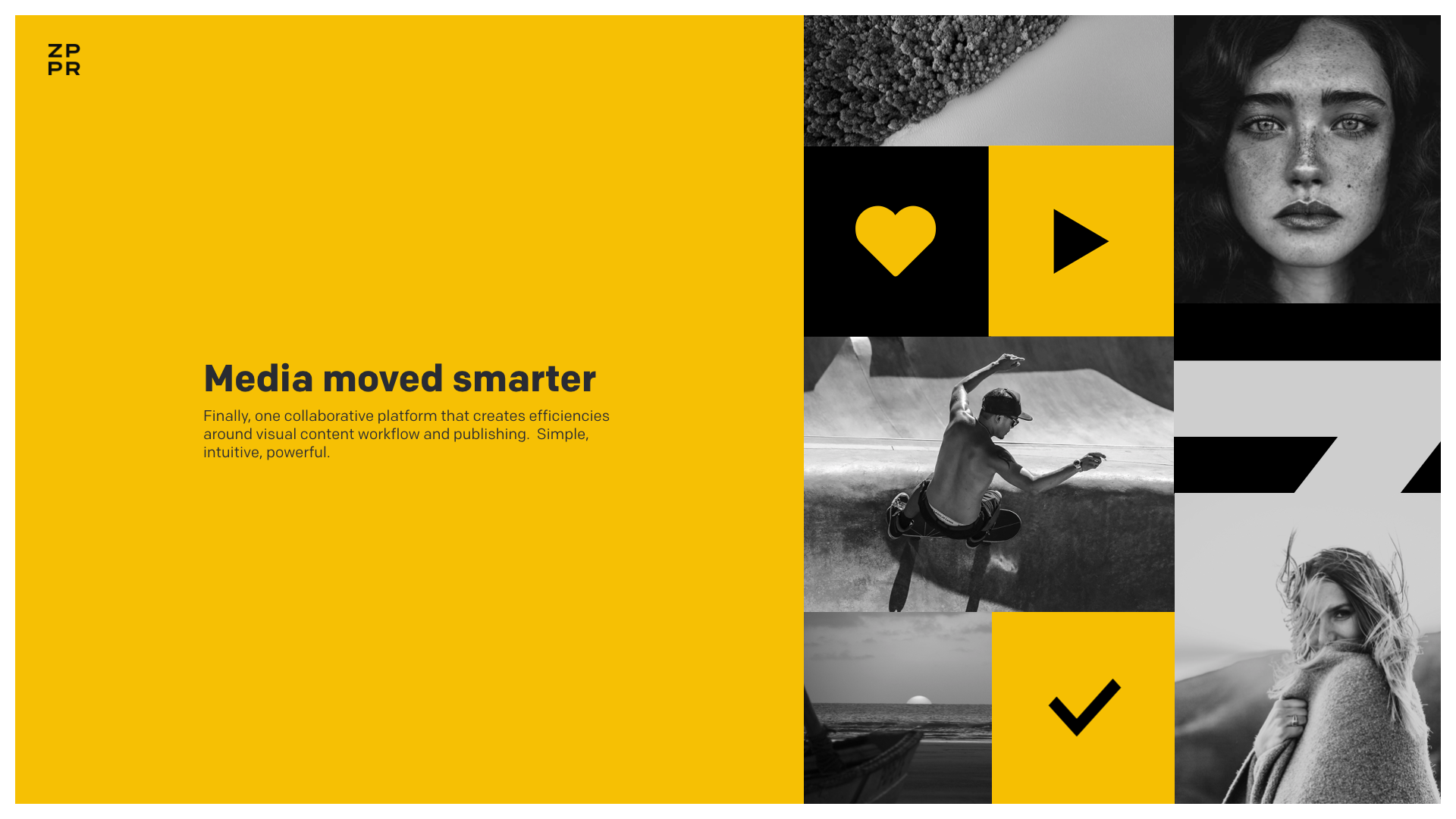
TOJ: You discussed how smartphones have democratized content creation. On the flip side, there's been increased content saturation. What advice can you share with content creators and brands on how to gain consumer attention?
Kina Pickett: What becomes the best way to reach your consumer in a completely saturated market? Creative, better storytelling. Authentic storytelling. That daily drip. Constantly being in front of your audience all the time. Everyday. Content should be alive. We should treat content as if it's alive. We don't have to put so much emphasis on making sure it's perfect. It just has got to be relevant and it has to bring value to your audience and if you can do that on the daily, you will crush it. There is no barrier to entry. For brands, we're at this crossroads right now where intentional content is something that brands are trying to create, which is entertainment. It's really not advertising anymore. Look at Red Bull. Red Bull went from selling soft drinks to selling content.
TOJ: What's the importance behind the name ZPPR?
Kina Pickett: ZPPR came from zipping up a jacket. When you zip something up, you’re connecting both sides in a very nice way, right? So you're bringing two things together and connecting. We are infrastructure underneath an organization that gives you connectivity, communication, content push and pull, cloud storage, archiving and workflow around assets.
TOJ: You've traveled all over the world. What are the benefits of launching a startup in Bozeman, Montana compared to one of the more established startup scenes that you could have chosen like Silicon Valley?
Kina Pickett: I grew up in Vermont and I’m a mountain kid at heart. There's a thriving startup scene here. It's one of the best towns in America to have a startup. We’re starting to see this push away from Silicon Valley to other cities like Austin, Salt Lake and Boston. And I did not want to be in the city, I really wanted to be in the mountains.
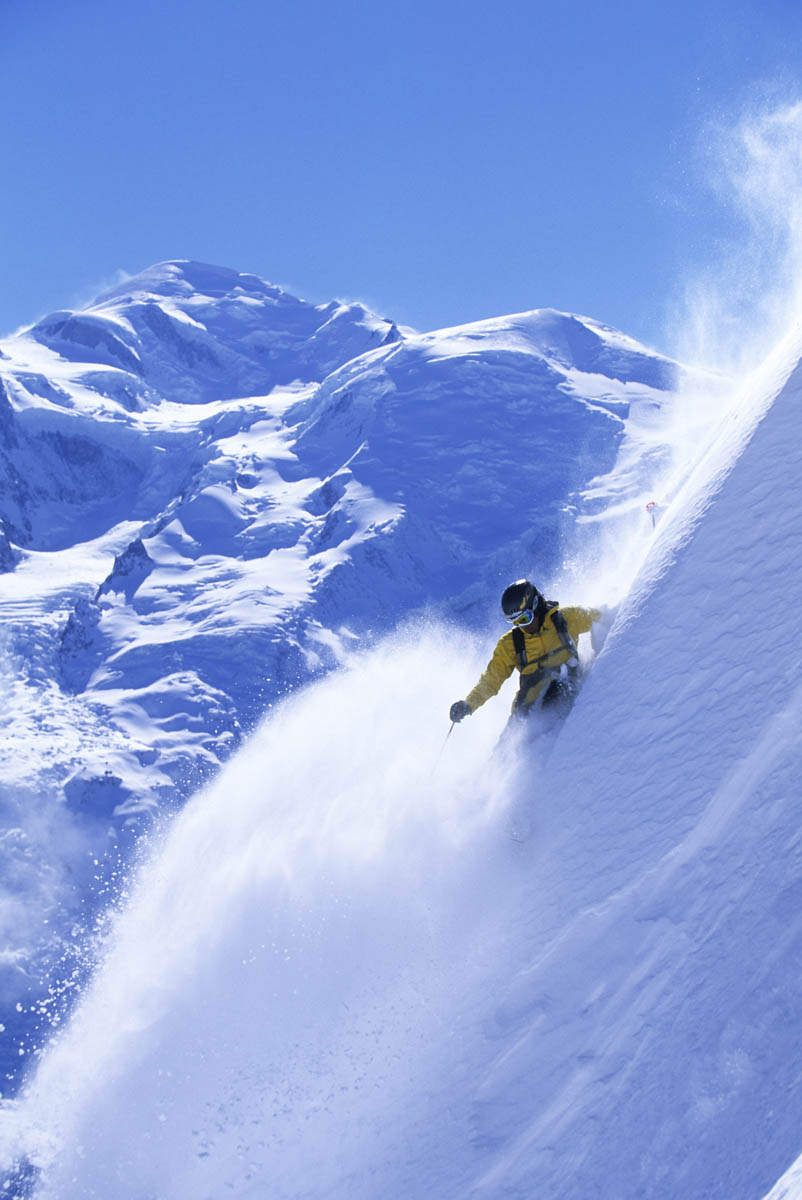
OBSESSION WITH THE PROCESS
TOJ: How did you develop an interest in art and filmmaking?
Kina Pickett: I was an art major at Bates College. I did a lot of traditional print. I started off painting and drawing, but I fell in love with printmaking because there's a long process to it. You don't just throw something up on the wall and go. You have to take a plate and dip it in acid resistant wash, and then you take steel wool to it, and then you get to see the final image and it's backward, which is really interesting. So I fell in love with the process, more so than the actual outcome because it was just so detailed and in-depth. And I think that's why filmmaking became an interest because I think the process of watching a film come to life is remarkably similar.
TOJ: The power of our phones and digital photography is taking away from those hands-on photography experiences such as darkroom development. Does that hurt the art?
"My style was calculated risk-taking in a way that I was set up for success on my first attempt."
Kina Pickett: That's one of the reasons why I got out of production actually was because I would read all the time about trends and facts and I started to notice that the phone was going to change everything. And in production, we haven't even scratched the surface. With the next generation of phones that companies like Leica and Apple are developing, you're just going to continue to be able to do things that you can't even comprehend right now. But I feel that there is a lost art to how things were done because there's no process work. With filters and stabilization, it's going to be a lot easier for everybody to be a creator, which is what's happening.
THE ZPPR USE CASE
TOJ: As the Content Manager for The Outdoor Journal, I’m working with a remote team around the globe and we're all trying to coordinate around visual media. I feel like I'm like I'm living in the pain-point that you are targeting with the ZPPR content management platform.
"The biggest thing that’s changed in the last five years is that visual content is the center point for messaging."
Kina Pickett: What you've described is the exact use case of why we built what we built. ZPPR gives you the ability to communicate. So if you have specific people in specific locations that either need to use the assets or they're creating assets, you are all now in one project in the cloud and there's full communication and an approval workflow around the media that's coming in. So as long as someone has WIFI, they can push everything and when it comes via our platform it will come directly into that project, instead of just kind of being a link that you have to download media.
TOJ: Zipper delivers “content collaboration without the chaos.” Can you describe some of the moments of chaos that you experienced first-hand with your own production company, Helio Collective?
Kina Pickett: When I started Helio, I met this guy named Chris Murphy, an incredibly talented creative director. I don't think I've ever seen anyone as talented as this guy. About six or seven years in, we were working with big brands like Red Bull and Nike, but I started to realize that there were pretty severe inefficiencies in the ability to move media through a cycle and then approve that media.
FROM BACKCOUNTRY TO BOARDROOM
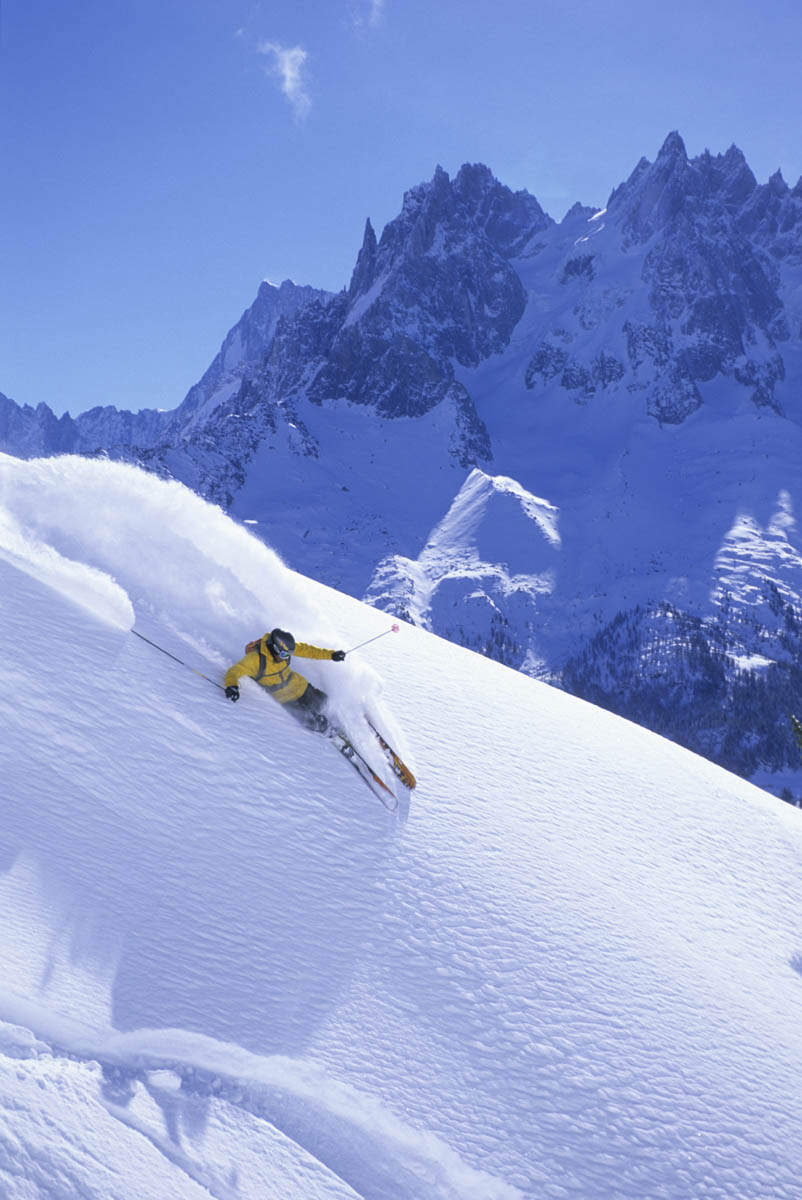
TOJ: How has your inclination is an artist had an impact on your style of skiing?
"People are short-sighted when they look at future trends in technology because they're not looking at mass adoption, they get distracted by shiny objects."
Kina Pickett: That's an interesting question. You don't see a lot of artists-athletes. My mom was an artist. From a young age, I had a lot of push in that direction. But I was also an athlete, I played soccer very competitively and skied at the highest level. Skiing is a singular sport that is all about expression. Everyone has their own style. Everyone looks at lines in different ways. But art was what I wanted to pursue. When I graduated at Bates, I applied to Rhode Island School of Design to get my Masters. Not as a way to make money. I wasn't thinking like that. I really wanted to be an artist.
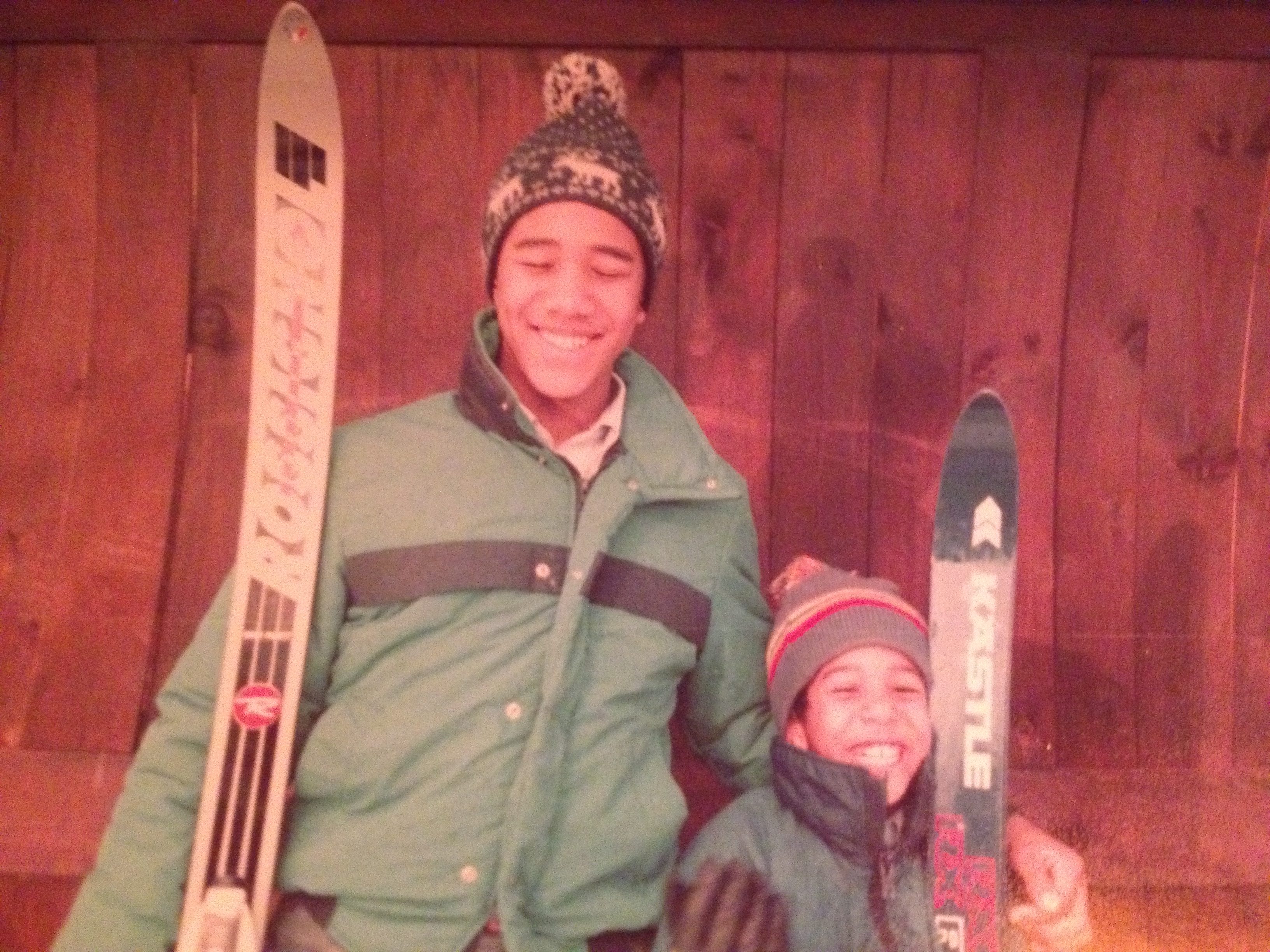
I was definitely a thinker in the backcountry. I would really study things. Very rarely would I go ski things cold. I would really do some homework on the snow depth and the terrain of each line. My style was calculated risk-taking in a way that I was set up for success so I could clean it on my first attempt and not crash 25 times while wasting everyone’s time. I had an eye for risk management and proficiency. So what I took from my background in art was the study of the process.
TOJ: Are you able to get in the same type of flow sensation when you're skiing as when you're processing a screen print?
Kina Pickett: People ask me what's it like to be in that moment where you are in the middle of something that inherently could end your life. It's the same feeling as getting lost in a moment of creating something. You lose sense of time and everything else disappears around you because you're so laser-focused on the task at hand. Everything goes dead quiet. You can't remember or hear anything. The most stressful times in skiing were the 15 minutes before you skied your line because in the calm before the storm, you’re thinking about the storm. That's the dangerous part. Once you're in it, you're in it and it's actually calmer than people would even think. Even if things are going south (laughs), and you’re flipping and tumbling, it’s remarkably calm because I feel like the stress of wondering what's going to happen is over.
TOJ: You're not worried about outcomes anymore. You're just experiencing.
Kina Pickett: Exactly. Whether or not you like the final outcome, the journey of creating or skiing is relatively similar. There's joy in that middle phase, even if the outcome wasn't what you wanted.
TOJ: From a bird's eye perspective, the journey from extreme skier to startup entrepreneur is not an obvious trajectory. But when you look back on it now, do you feel that your career in ski racing and big mountain extreme skiing has somehow prepared you for your role as a CEO of a startup?
Kina Pickett: I went to a private ski academy which we skied for the majority of the time and then it was on us to make sure that we could then get our work done in the time allotted. During ski season we were constantly on the road, so I learned a lot about time management and goal setting. That, mixed with the ability to take risks - which inherently comes from being a professional athlete - has prepared me more so for entrepreneurship than anything else. I feel like those two things combined prepared me for being able to take the risks that a lot of people wouldn't take, while making sure that the risks were relatively calculated.
TOJ: When you were on camera, filming ski content for Warren Miller films, what did you learn about the behind-the-scenes of film production?
"Brand content gets outperformed by social at an alarming rate."
Kina Pickett: My foray into production happened when I met Chris Patterson, who is now one of my best friends. He also lives in Bozeman, Montana and still is Director of Photography for Warren Miller. He discovered me. He called me. I started my whole career with him. I was absolutely fascinated, once again, by the process of how he was doing things. We traveled all over the world together on projects so we became really close. We were shooting everything on film. I was fascinated to watch him go through the process of doing a mag change in a black bag at 15,000 feet up on the side of a mountain in a snowstorm where it's blowing 80 miles an hour. He introduced me to filmmaking in a traditional sense and that really was what hooked me to get into production.
Watch Kina charge some epic chutes and airs.
[embed]https://vimeo.com/4887114[/embed]
Kina Pickett reel from Kina Pickett on Vimeo.
NEW PATHWAYS FOR CREATION
TOJ: One of ZPPR's main focus is establishing one system of record for assets. Why is it so important to keep a system of record for visual content?
Kina Pickett: The biggest thing that’s changed in the last five years is that visual content is the center point for messaging. Video and photography are how we communicate. Now with what we're building, you can track your media from its creation, track your team’s performances, track their media’s performance in our platform then also track the media to see a lifecycle of that content.
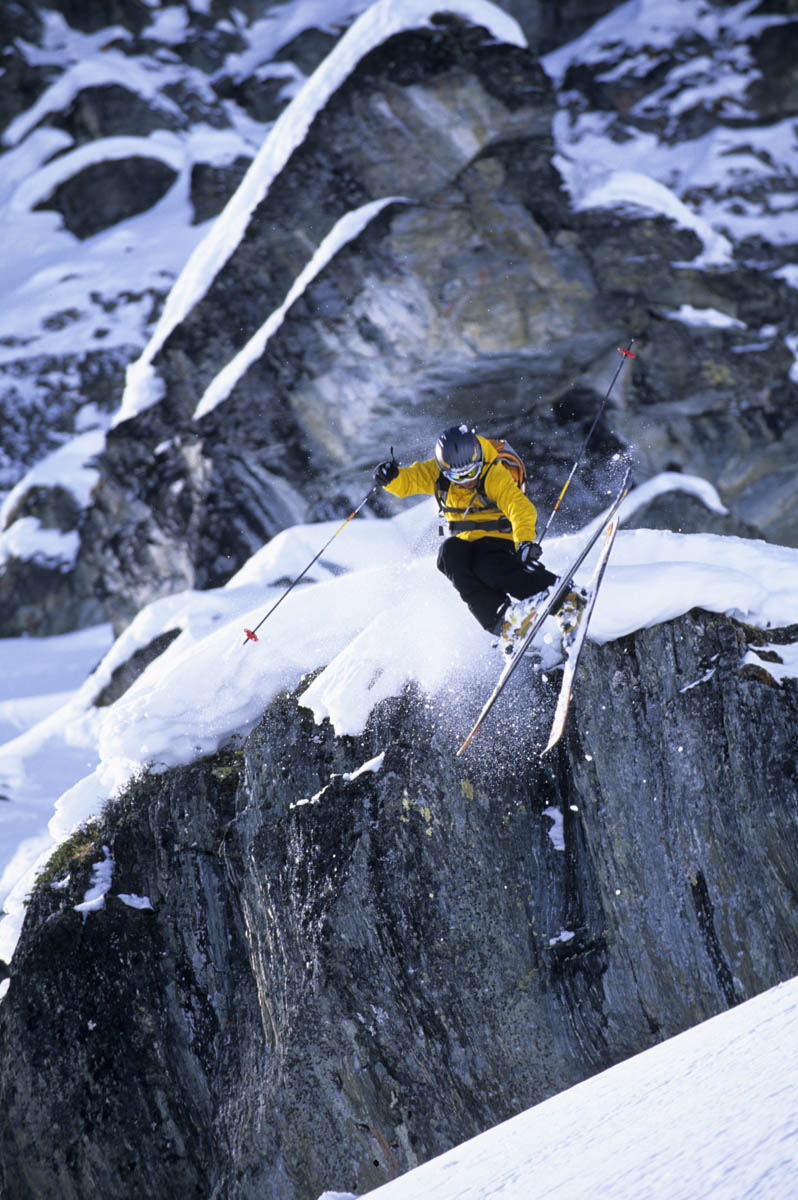
TOJ: What makes you so adept and confident in trend spotting? What percentage of your time are you spending reading and researching and thinking about what's going to happen in the future?
Kina Pickett: A lot. Probably too much. Chris Murphy, my old business partner at Helio was the one who really started to push me to do that. I became addicted to trying to understand the ecosystem. It doesn't take a rocket scientist to figure out what is potentially going to work and what's not going to work. I feel like people are short-sighted when they look at future trends in technology because they're not looking at mass adoption, they get distracted by shiny objects.
TOJ: It seems like the ZPPR “network effect” was designed to create more pathways so that multiple different types of contributors can add to a project and also so that you could generate engagement. How did your vision of the “network effect” came about?
"People don't trust brands anymore. They trust people."
Kina Pickett: It came about from the realization that everybody's going to be a content creator and noticing the fact that brand content gets outperformed by social at an alarming rate. Those were the things that really drove me to start to think about the movement of media and the network effect in a more scalable manner. So if we take a brand like Yeti or Red Bull, they have a lot of athletes, ambassadors, and a massive community. That community’s content is more valuable than the brand’s because it's trusted in the social environment. People don't trust brands anymore. They trust people. That's why reviews are so important. So in a human ecosystem where you have hundreds and hundreds and hundreds of authentic content creators surrounding your brand, wouldn’t it makes sense to have pipes to all of them?
ZPPR delivers "content collaboration without the chaos." It allows brands to create, publish, and measure visual content all from one platform. Below is a 1-minute product overview.
[vimeo 284250198 w=640 h=360]
ZPPR Promo from ZPPR on Vimeo.
To learn more about ZPPR, visit their website.
Images by Kina Pickett.





Comments ()